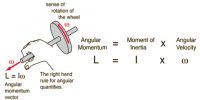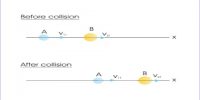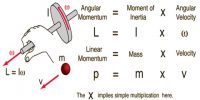The part of the universe in which the Sun occupies the central position of the system holding together all the heavenly bodies such as planets, moons, asteroids, comets etc., is called Solar system.
The gravitational attraction of the Sun primarily governs the motion of the planets and other heavenly bodies around it. Mercury, Venus, Earth. Mars, Jupiter, Saturn, Uranus, Neptune and Pluto are the nine planets that revolve around the Sun. We can see the planet Venus in the early morning in the eastern sky or in the early evening in the western sky.

The planet Mercury can also be seen sometimes after the sunset in the West or just before sunrise in the East. From the Earth, the planet Mars was visibly seen on 27th August 2003. The planet Mars came closer to the Earth after 60,000 years from a distance of 380 x 106 km to a nearby distance of 55.7 x 106 km. It would appear again in the year 2287.














